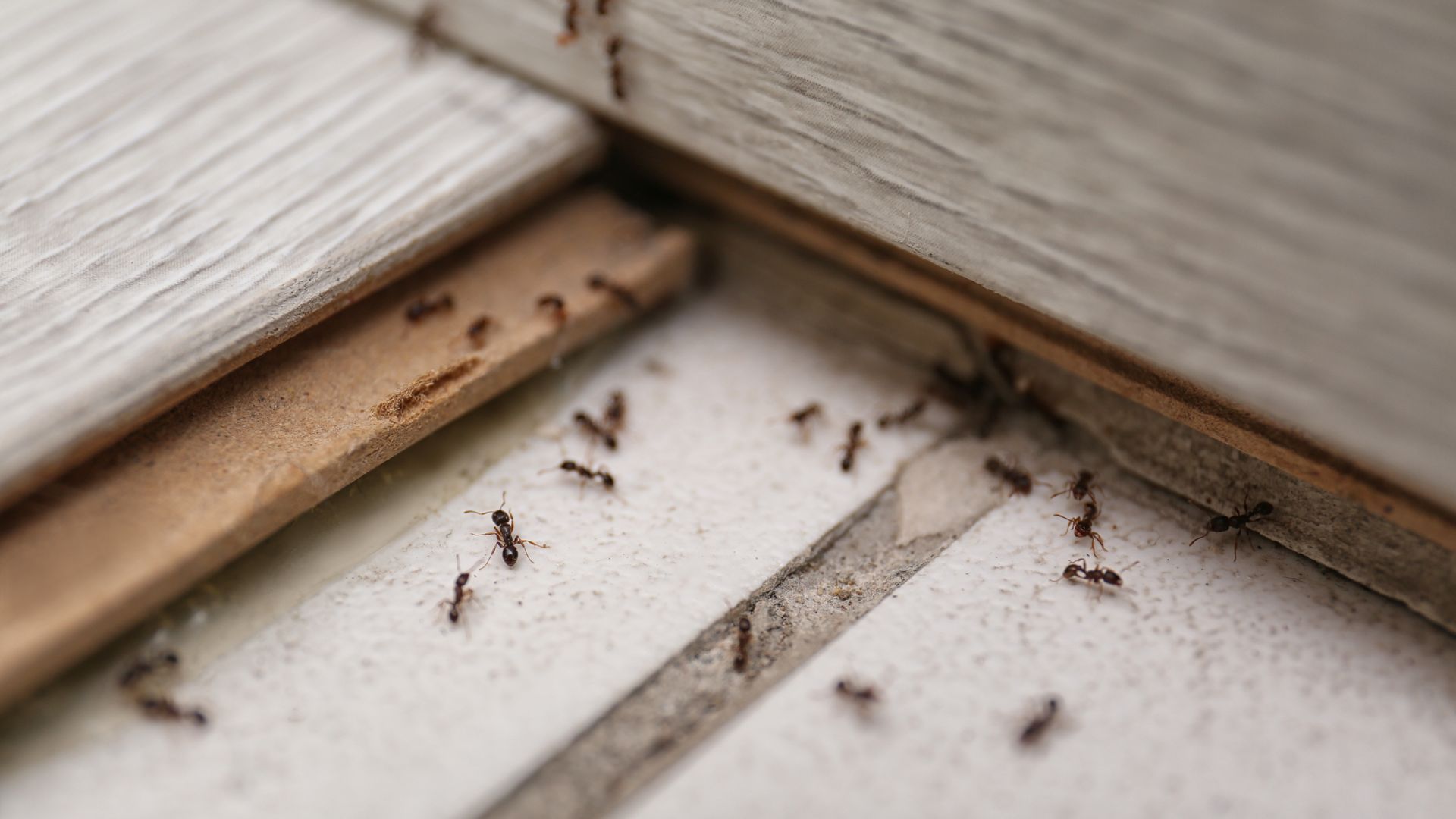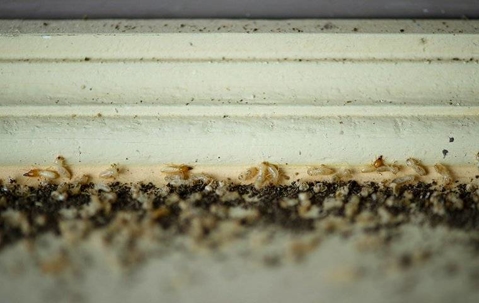Discovering termites on your property is a huge cause for concern. Drywood termites are known for causing major structural damage to properties because these pests burrow beneath your walls and can go undetected for several years. If you don’t treat an infestation in a timely manner, it may result in expensive home renovations and even parts of your home collapsing. Don't let drywood termites take over your property. Read on to learn more about the habits of these dangerous insects and what you can do to protect your property with help from Tampa pest control professionals at ECOTECH Pest Control Services.
Drywood Termites Habits And Behavior
Drywood termites are long, narrow, oval-shaped insects. They are typically a cream to light brown color and have six legs and two antennae. Unlike other termite species, drywood termites do not need soil to survive. They build their colonies inside wooden structures and feed on wood, as it is their primary source of nutrition. Worker termites are responsible for the distribution of wood throughout the colony.
If you notice drywood termites on your property, they may be swarmers. Once a colony reaches its maximum capacity, it will send out swarmers to identify a location to build a new habitat. Swarmers are attracted to light sources, so it's common to see them on windowsills and near doorways. A relatively small amount of swarmers survive, so many homeowners are left to deal with piles of dead termites in the aftermath.
Little Known Signs Of Drywood Termites
While swarmers are one of the main signs of termites, there are several other ways to tell if you have a drywood termite problem.
Here are some other signs to pay attention to:
- Finding shed termite body parts or wings throughout your home.
- Hearing clicking noises coming from inside your walls.
- Noticing piles of termite "frass" or droppings. They look like tiny piles of sawdust.
- Hollow-sounding wood when you knock on it.
- "White ants" around your home because termites are often mistaken for ants. Termites differ from ants because they are lighter in color and do not have a segmented midsection.
- Doors that are stuck or hard to open and close.
- Finding termite tunnels in broken pieces of wood.
At the first signs of termites in your home, it's essential to contact an exterminator before the problem escalates.
How Often Should You Treat A House For Drywood Termites?
All homeowners should schedule a termite inspection annually. Termites are active year-round in Tampa, and it's important to keep up with routine pest control practices to avoid a potentially devastating infestation. At EcoTech Pest Control Services, we begin all drywood termite treatments with a full inspection. For minor infestations, our technician will administer a localized spot treatment. For more severe infestations, we offer fumigation services.
We offer preventative treatments if you've recently had an infestation eradicated or you're looking to prevent termites from getting in your house. A one-year renewable warranty is also available to ensure your home stays termite-free. This annual plan includes ongoing inspections and retreatment as necessary.
Action Plan For Treating Drywood Termites In Tampa
For professional termite control you can trust, contact EcoTech Pest Control Services. We've been a go-to provider of pest control in Tampa since 2013. Our technicians receive monthly training to stay up to date on all of the latest and greatest extermination techniques. We're also proud members of the National Pest Management Association and are QualityPro certified. Don't try to tackle a drywood termite infestation alone. Give us a call today to learn more about our home pest control and commercial pest control services, and how we can help.

